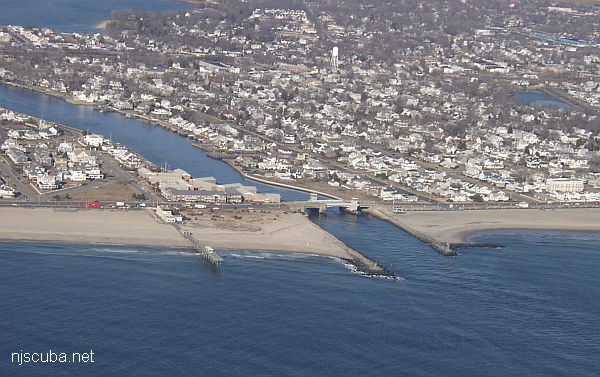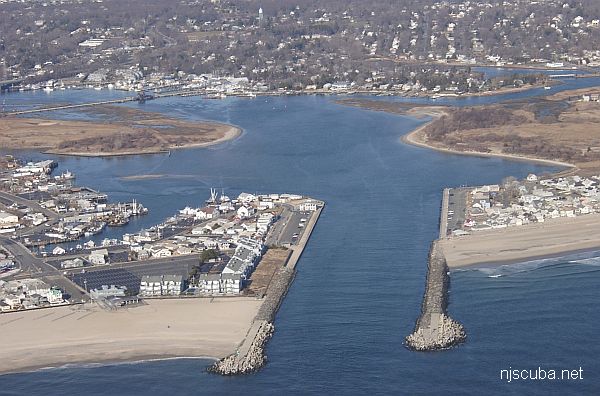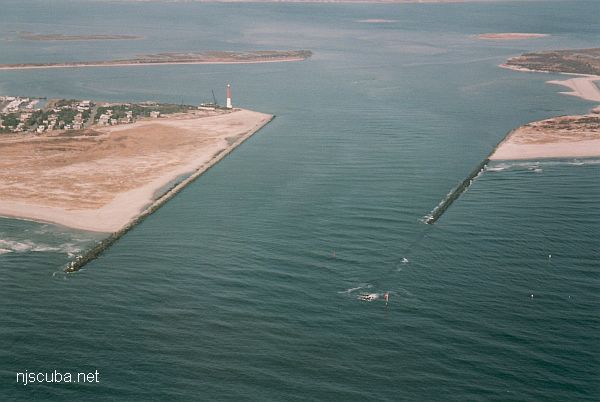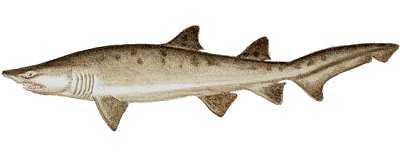Diving Regulations
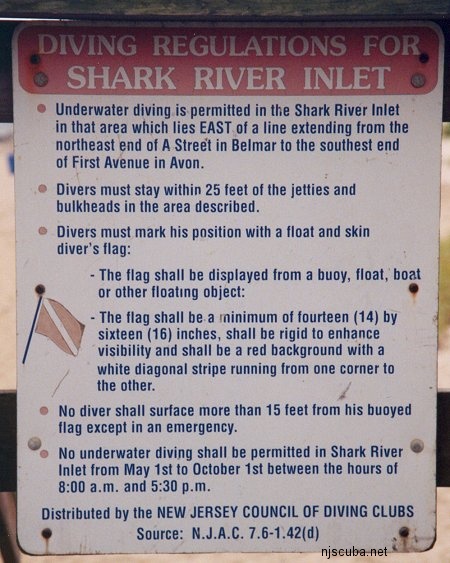
13:82-3.17 Diving and swimming
(a) General provisions with respect to diving and swimming are as follows:
- Underwater diving with or without an underwater apparatus is permitted in all navigable waters in New Jersey unless otherwise prohibited in this section.
- Any person while diving shall mark his or her position with a buoyed flag:
- Such flag shall be displayed so that it is visible all around the horizon from a buoy, float, boat or other floating object;
- Such flag shall be a minimum of 14 inches by 16 inches, shall be rigid to enhance visibility and shall be a red background with a white diagonal stripe running from one corner to the other.
- No person shall operate a vessel within 50 feet of the buoyed flag.
- No person shall display a flag at times other than when diving is in progress.
- No person shall swim or dive in a narrow, confined or improved channel or in a marked fairway, under a bridge, or impede, obstruct or interfere with passage of watercraft therein.
- No diver shall surface more than 25 feet from the buoyed flag except in an emergency.
(b) Provisions for Manasquan Inlet are as follows:
- Underwater diving shall be permitted in the Manasquan Inlet only within 50 feet from the stone jetties and bulkheads.
- Underwater diving is permitted only in the area east of an imaginary line drawn from Ocean Avenue, Point Pleasant Beach, extended to a point across the inlet at First Avenue, Manasquan.
(c) Provisions for Barnegat Inlet are as follows:
- Except as provided in this subsection, no person or persons shall, while engaged in gogglefishing, spearfishing or skin diving, enter into any navigable channel or approach within 200 feet of any boat anchored or underway within the water adjacent to the land areas of the Borough of Barnegat Light.
- No person shall dive in any of the waters of the Barnegat Inlet channel.
- Skin and Scuba diving is permitted from the north and south jetties, but no person shall dive further than 25 feet from the rock jetty or bulkhead within the inlet.
- No person shall dive within Barnegat Inlet between 8:00 A.M. and 5:00 P.M. on Saturdays and Sundays from June 1 to September 30.
- A diver shall mark his or her position with a float and skin diver's flag.
- Only "buddy diving" shall be permitted in the Barnegat Inlet.
- Recreational diving is prohibited within 100 feet of the north monument.
- Recreational diving is prohibited within the inlet when the current is at flood.
(d) Provisions for Shark River Inlet are as follows:
- Underwater diving is permitted in the Shark River Inlet in that area which lies east of a line extending from the northwest end of A Street in Belmar to the southeast end of First Avenue in Avon.
- Divers shall stay within 25 feet of the jetties and bulkheads in the area described.
- A diver shall mark his or her position with a float and skin diver's flag.
- No diver shall surface more than 15 feet from the buoyed flag except in an emergency.
- No underwater diving shall be permitted in Shark River Inlet between the hours of 8:00
A.M. and 5:30 P.M. during the period each year commencing May 1 terminating October 1.
Source:
Also remember to check town and county laws for any location you dive, and respect the rights of private property owners. And use your head - a ripping current and huge crashing waves are Mother Nature's way of saying "no diving".

